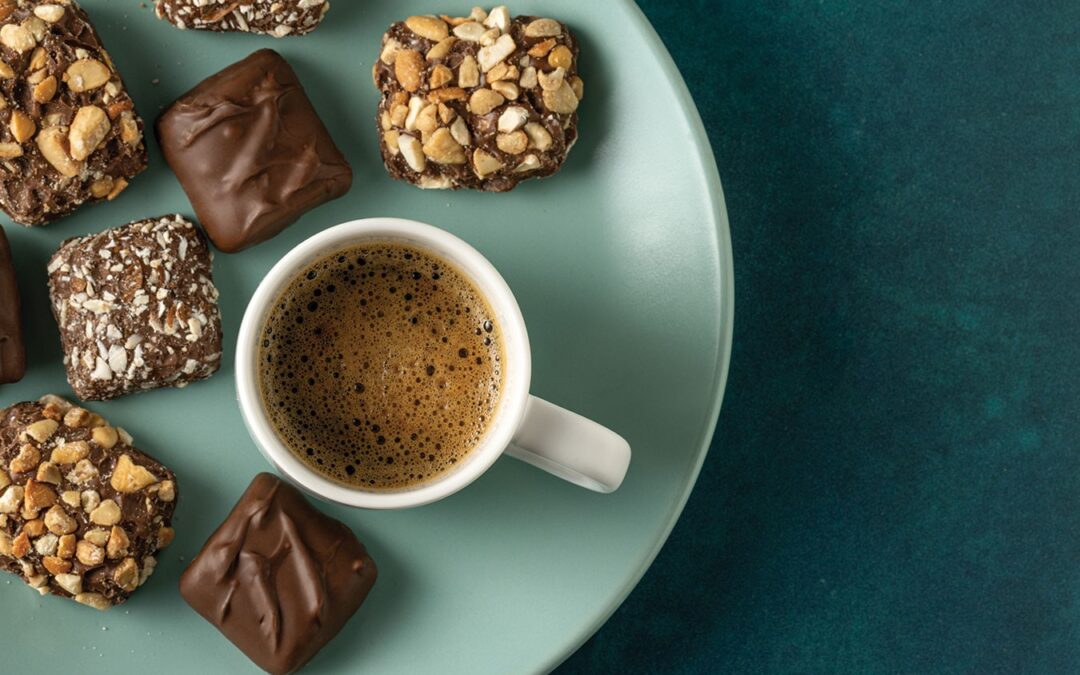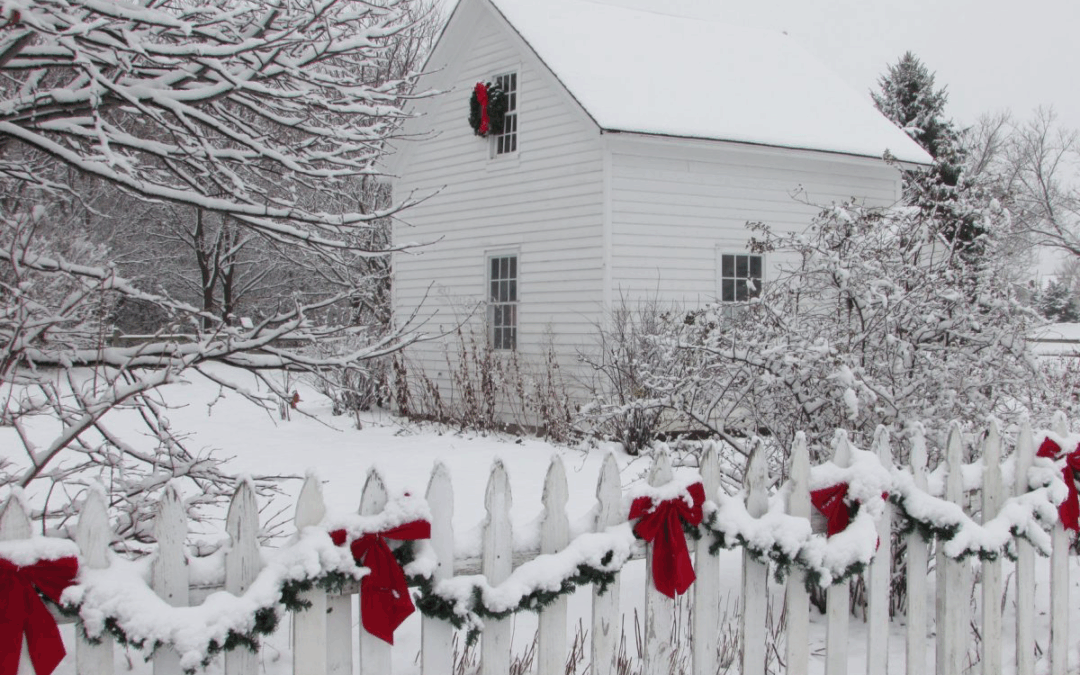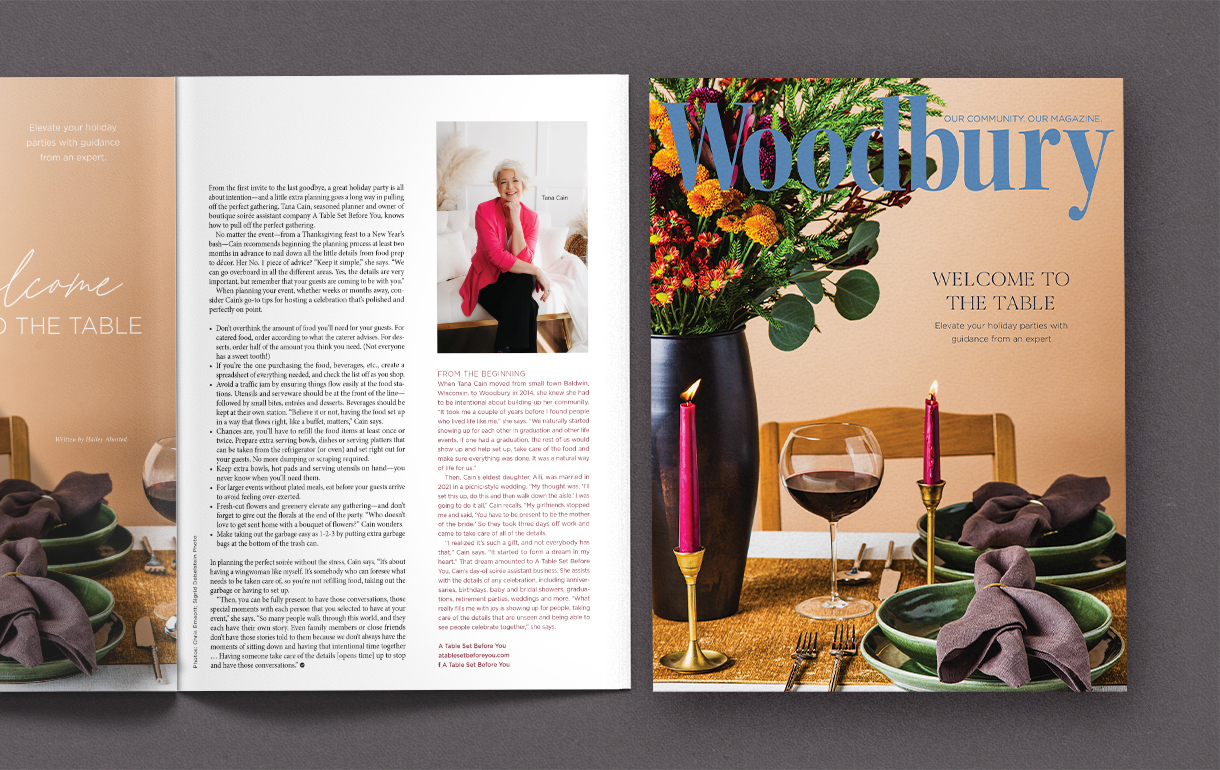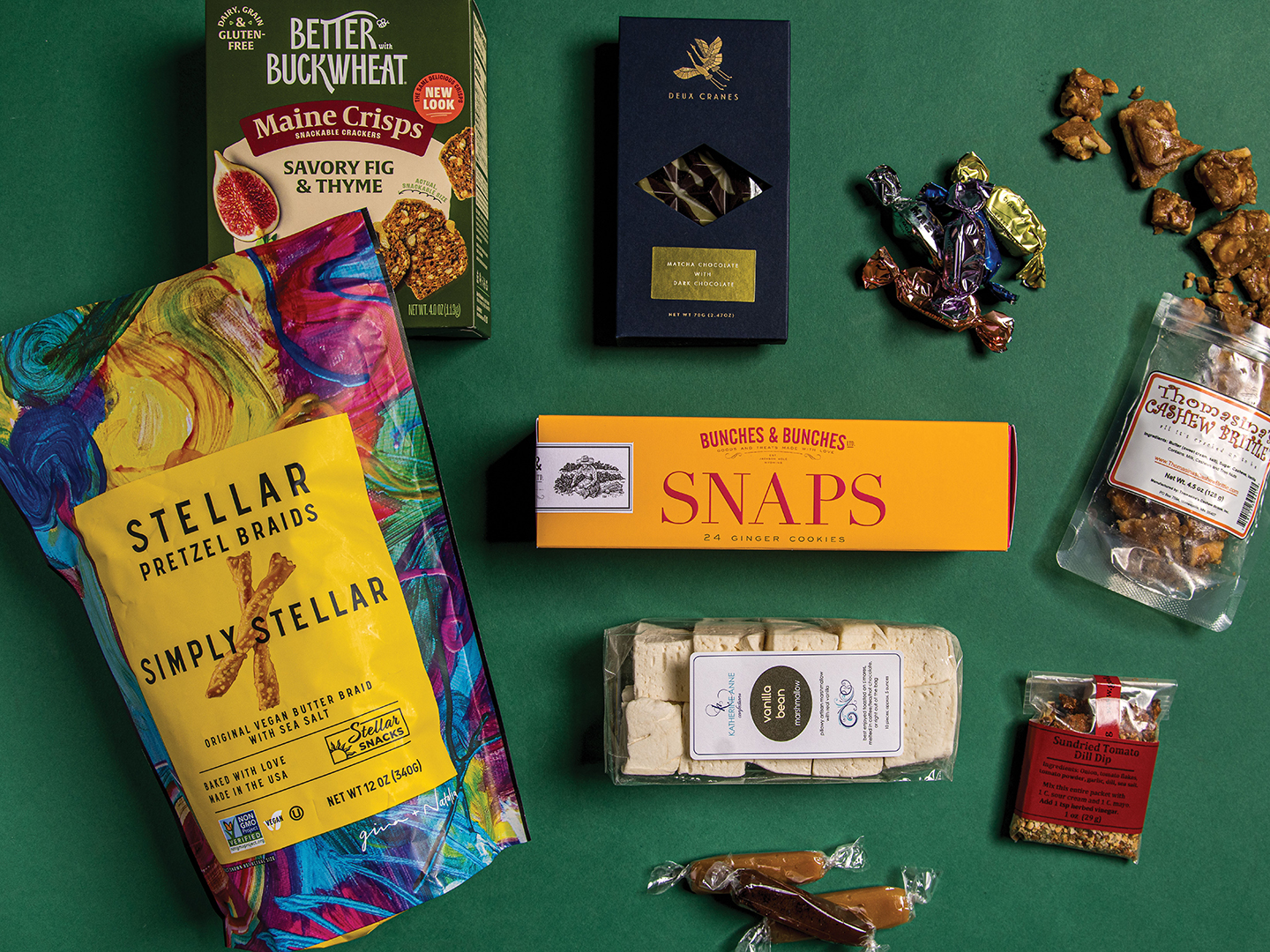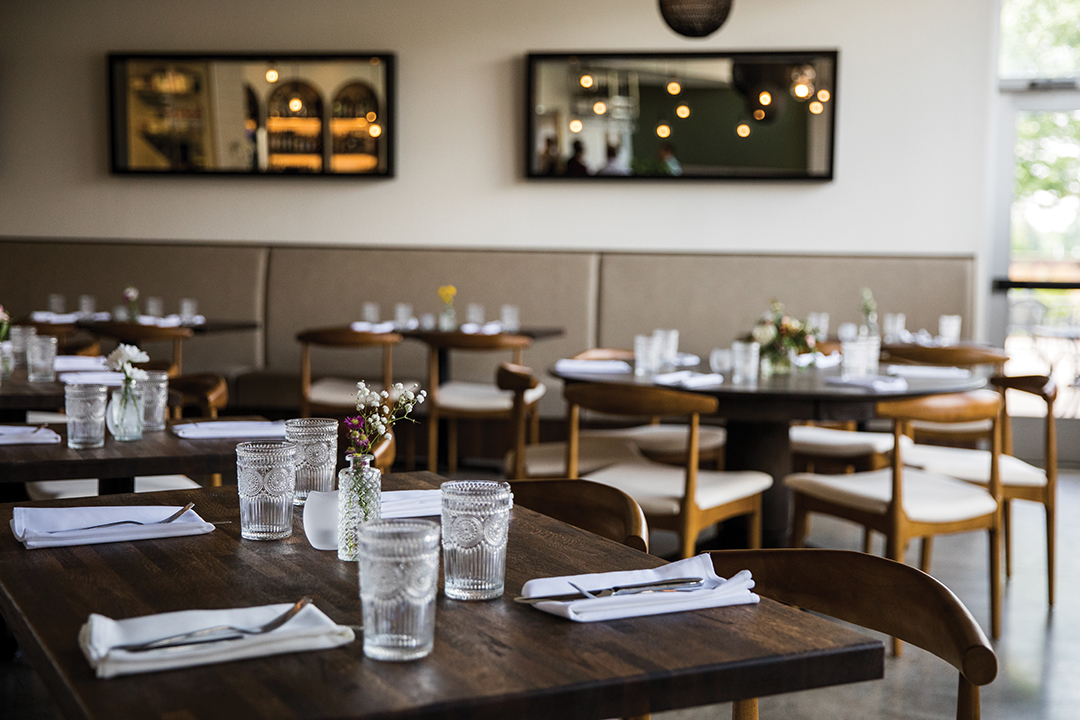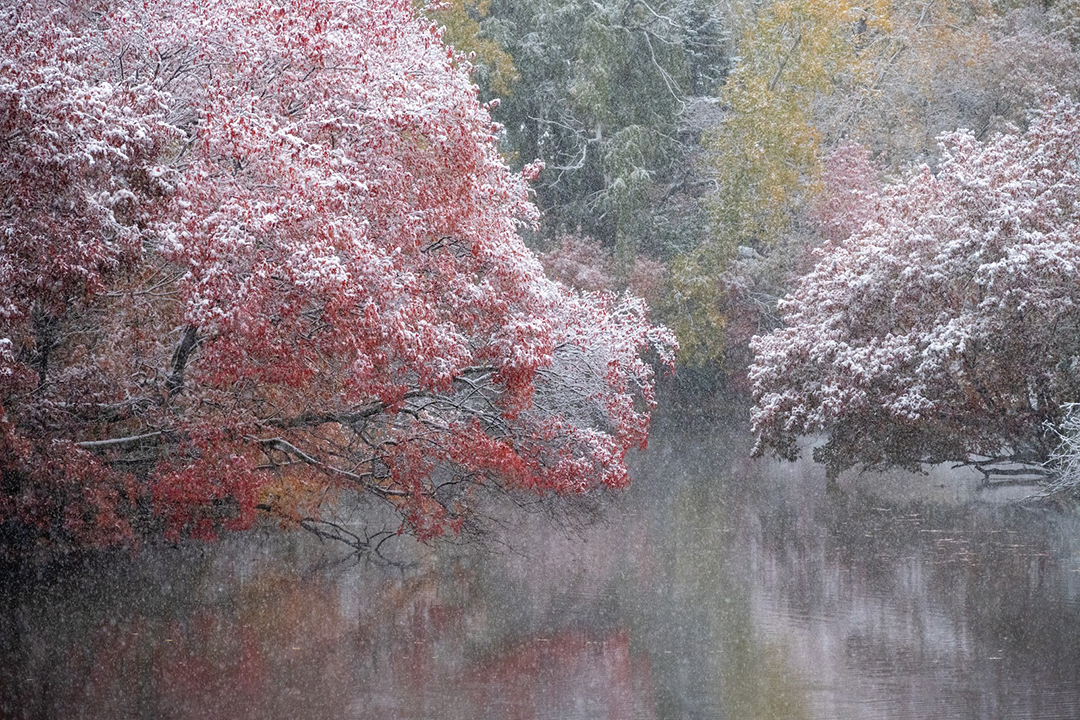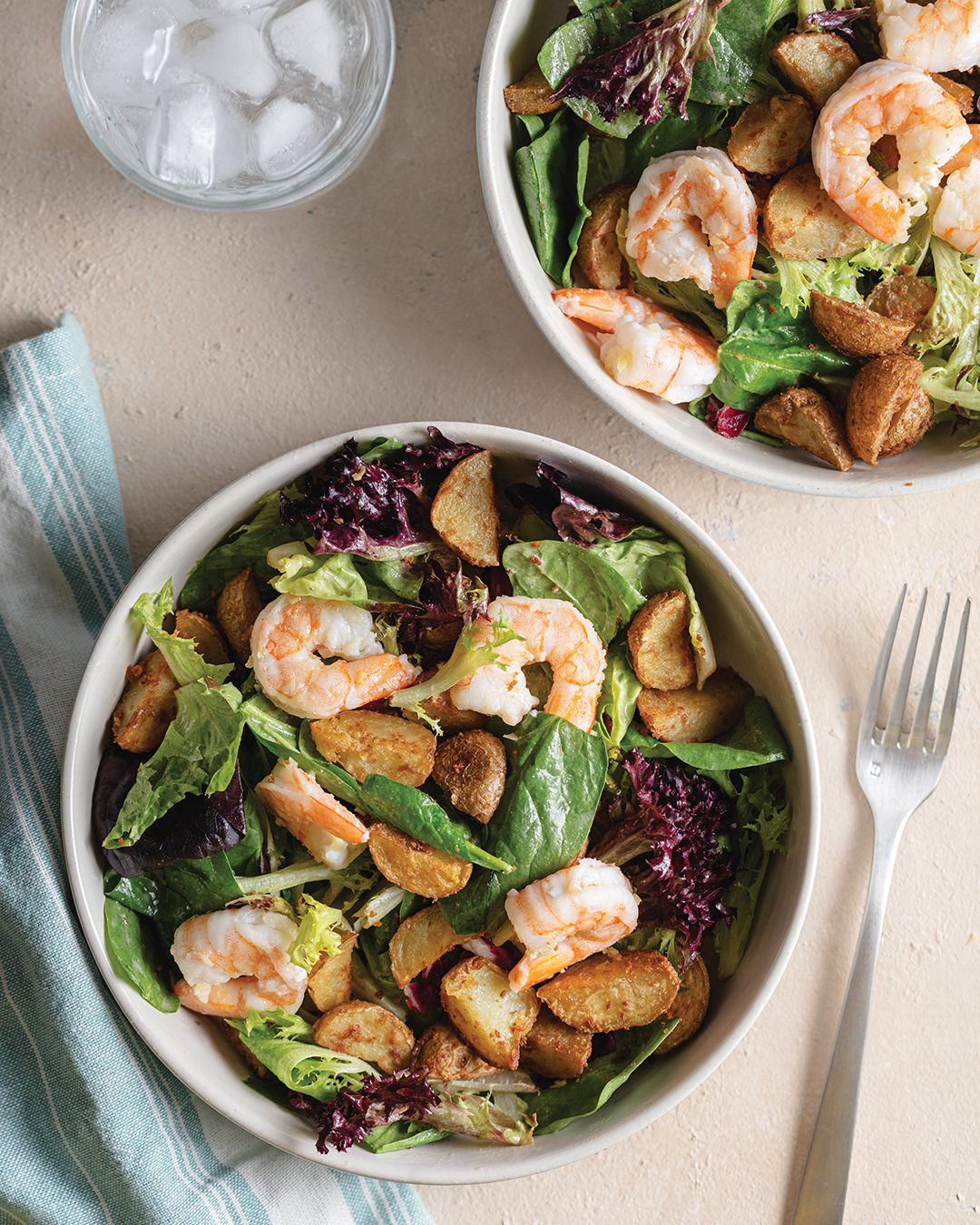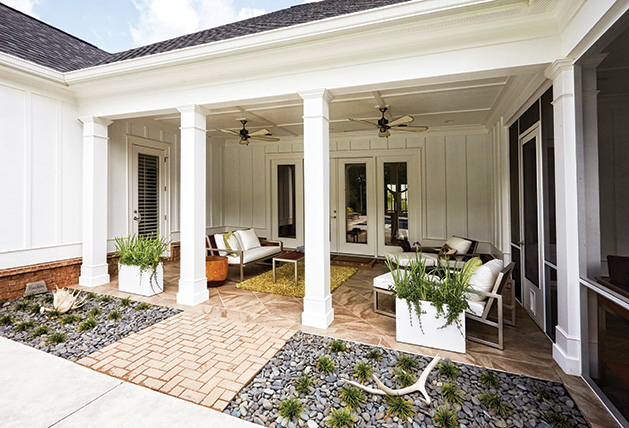
iStock/stevecoleimages
Outdoor living invites inspired spaces.
Building a home or planning a remodel? Click here for our home and garden resource guide.
Warmer temperatures extend an invitation to create livable spaces beyond the patio doors and into our gardens and yards, which provide natural touchstones for homeowners.
Once conceptual parameters have been established for a backyard patio venue, you must address the question of which materials to use, keeping optimal entertaining capabilities and aesthetics in mind. Pavers have long been, and continue to be, a strong option for patios. Some homeowners have used stamped concrete as a unique option for terra firma!
Pavers can be installed to create unique patterns and designs, making your project stand out. Repair of pavers is simpler since you can excise and replace the damaged paver.
Proper installation is key. If patio pavers are installed correctly, they should be able to handle temperature fluctuations (even frost). If done well, joint sand shouldn’t need to be replaced as often. It could be worth investigating polymeric sand, which is said to prevent grass/weeds from growing between the cracks.
Interlocking pavers can be practical. But keep in mind what other elements will be used in the area to heighten visual interest.
Architectural slab pavers can provide a more natural look, but are potentially more sensitive to freezing and thawing.
Stamped concrete can beautifully replicate the look of brick, granite, slate, wood and more for a patio, path or driveway.
While stamped concrete can cost less than concrete pavers, there are levels of materials that can affect the final bill. Basic options feature one pattern and a single color; intermediate options can have two to three colors; and the high end of the scale includes hand-stained variations and a host of other personalized options, including saw-cutting (patterns, logos, etc.) and hand-tooling which gives edges a more “natural” appearance.
In this neck of the North, issues related to freezing and thawing impact outdoor elements. Weather can also have an impact on color fading.
Be sure to ask the experts. After understanding the scope and vision of your design, they are best suited to help homeowners choose the optimum products for their home and landscape design projects.
MORE FROM THE 2019 HOME AND GARDEN BOOK
Add a Luxurious Centerpiece to Your Bathroom with a Soaker Tub
How to Use Pantone’s Color of the Year in Your Home

